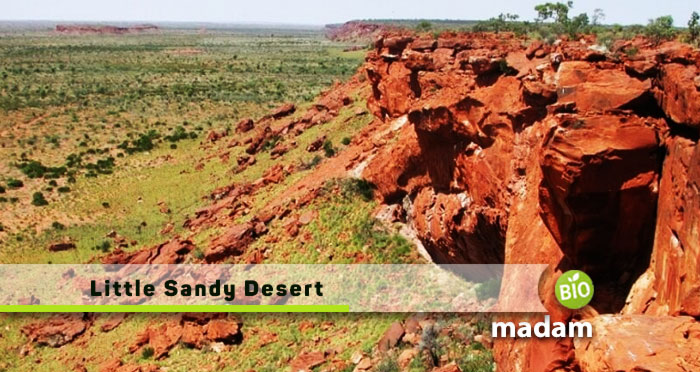Begin a journey to the heart of Western Australia, where the Little Sandy Desert awaits with its stories of ancient lands and tough life. This remote desert, between the Great Sandy and Gibson Deserts, shows a fascinating view of red sand dunes, salt lakes, and a one-of-a-kind ecosystem shaped by the harsh climate.
As we travel across this dry land, we uncover the threads of Aboriginal heritage, explore the delicate balance of plants and animals, and discover the untold tales written in the sands over time. Join us on an adventure into the spirit of the Little Sandy Desert, where raw natural beauty meets the echoes of the past.
Where is the Little Sandy Desert Located?
The Little Sandy Desert, spanning approximately 54,000 square kilometers in the remote interior of Western Australia, is positioned between the Gibson Desert to the southeast and the Great Sandy Desert to the northeast. Its landscape is characterized by sand dunes, salt lakes, and sparse scrub vegetation, all thriving under a hot desert climate. The nearest major town is Wiluna, approximately 150 km to the southwest, with additional nearby towns including Laverton, Leonora, and Meekatharra. Inhabited and traversed by indigenous Australians, particularly the Martu people, the desert holds profound cultural significance.
Mining and pastoral activities coexist with preservation efforts, and part of the Little Sandy Desert falls within the Little Sandy Desert Nature Reserve, safeguarding its unique ecosystem. Accessibility is primarily via four-wheel drive due to its remote nature, and sealed roads are absent.
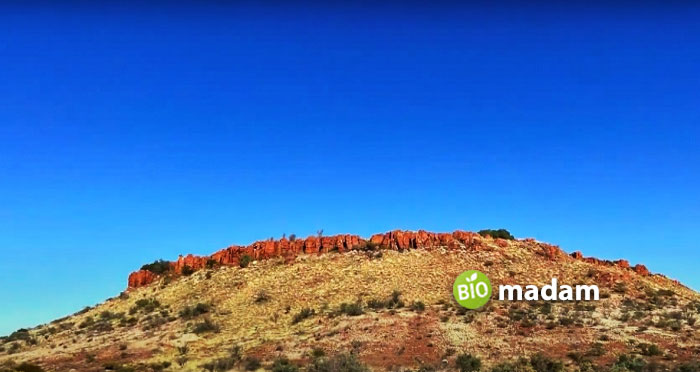
Key Features of the Little Sandy Desert Climate
- Temperature Extremes: The desert experiences scorching daytime temperatures, often surpassing 40°C (104°F) in the summer. Nights witness significant temperature drops, creating a notable diurnal temperature range.
- Scarce Precipitation: Annual rainfall in the Little Sandy Desert is minimal, averaging between 250–350 mm (9.8–13.8 in). Irregular rain patterns contribute to persistent drought conditions in the region.
- Seasonal Variability: Rainfall exhibits high seasonality, with the majority occurring in the summer. Winters are characteristically dry, intensifying the overall aridity of the landscape.
- Intense Heat: Dominated by red sand dunes, sandstone mesas, and rocky plains, the desert absorbs and radiates heat. Coupled with low humidity, this leads to extreme daytime temperatures.
- Adaptations to Aridity: The Little Sandy Desert’s flora and fauna have evolved unique adaptations to endure the challenging conditions. Drought-resistant plant species and specially adapted animals thrive in this arid environment.
Indigenous Communities and Cultural Significance
The Little Sandy Desert holds profound cultural significance for Indigenous communities, with the Martu people recognized as the traditional owners. Indigenous Protected Areas, like the Birriliburu IPA extending into the Gibson Desert, cover about 4.6% of the bioregion, playing a crucial role in conservation endeavors. The Martu people actively contribute to land management, ensuring the preservation of their heritage amidst the arid beauty.
Little Sandy Desert Flora and Fauna
The Little Sandy Desert (LSD) is a unique ecosystem, characterized by its arid climate and diverse topography. The flora and fauna of this region have adapted to the challenging conditions, creating a rich and resilient desert ecosystem.
Plants
- Spinifex Grasslands: The sandy soils of the LSD support spinifex grasslands, dominated by feathertop spinifex (Triodia schinzii). These grasslands provide essential habitat and contribute to the overall biodiversity of the region.
- Acacias and Grevilleas: The spinifex grasslands are complemented by scattered acacias and grevilleas. Notable species include umbrella bush (Acacia ligulata) and Grevillea stenobotrya, contributing to the desert’s unique vegetation.
- Desert Bloodwoods: Scattered desert bloodwoods (Corymbia chippendalei) are found on sand hills, adding to the variety of plant life in the LSD.
- Coolibah and River Red Gum: In areas with freshwater, such as creek lines emerging from the sandstone ranges, coolibah (Eucalyptus vitrix) and river red gum (E. camadulensis) can be found, providing vital support for the desert’s fauna.
- Desert Oak and Mulga: Scattered woodlands of desert oak (Allocasuarina decaisneana) and mulga (Acacia aneura) contribute to the overall plant diversity in the southern LSD.
- Threatened Plant Species: The LSD is home to over 550 recorded plant taxa, including 16 species of conservation significance. Among these, two plant species are recognized as threatened, emphasizing the delicate balance of the desert ecosystem.
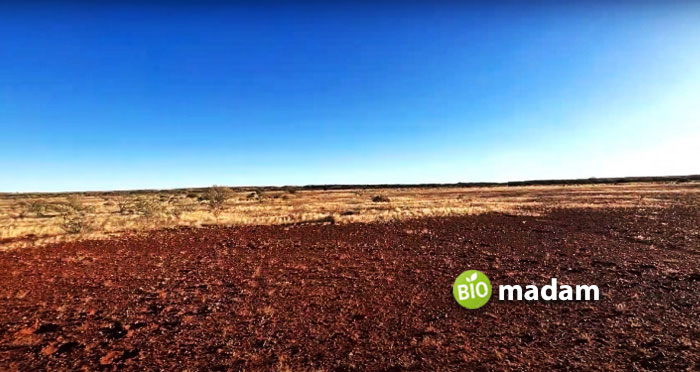
Animals
- Bird Species: The LSD is home to various bird species, including the red-backed kingfisher, Australian bustard (Aredeotis australis), budgerigar, wedge-tailed eagle, Australian kestrel, and emus.
- Reptiles: The reptilian inhabitants comprise the thorny devil, beaked gecko, desert skink, sand goanna, and other reptile species, each uniquely adapted to the desert environment.
- Mammals: While bilbies were once common but are now rare, other mammals in the desert include the southern marsupial mole, mulgara (Dasyurus blythii), and the desert black-footed rock wallaby.
- Invertebrates: Invertebrates such as termites, ants, grasshoppers, beetles, centipedes, scorpions, and camel spiders play essential roles in the desert ecosystem.
- Predators: The LSD hosts predators like dingoes and red kangaroos, contributing to the delicate balance of the desert’s ecosystem. Additionally, feral cats are present, posing threats to the native fauna.
Key Threats to Biodiversity
The Little Sandy Desert confronts significant challenges that pose threats to its biodiversity, demanding careful conservation efforts:
- Introduced Predators: The presence of introduced predators, notably red foxes and feral cats, has contributed to the decline and extinction of small- to medium-sized mammals in the desert.
- Invasive Herbivores: Overgrazing around water sources is exacerbated by invasive herbivores like camels, donkeys, horses, and rabbits. Their impact is particularly pronounced, disrupting the delicate balance of the desert ecosystem.
- Buffel Grass Invasion: The relentless spread of buffel grass, an invasive species, adds to the array of challenges. Dominating the ground layer, it intensifies wildfires, a phenomenon exacerbated by the effects of climate change.
Conservation Efforts
Despite these challenges, ongoing conservation initiatives strive to protect and preserve the unique ecosystems of the Little Sandy Desert:
- Indigenous Protected Areas (IPAs): Indigenous communities, particularly the Martu people, actively engage in the management of Indigenous Protected Areas. Covering approximately 4.6% of the bioregion, these areas play a crucial role in safeguarding biodiversity.
- Traditional Ownership: Conservation efforts are significantly bolstered by the traditional owners of the land. Indigenous communities actively contribute to the preservation of their cultural and natural heritage, ensuring sustainable land management practices.
- Birriliburu Indigenous Protected Area: The Birriliburu IPA, extending into the adjacent Gibson Desert, is a vital component of conservation endeavors. Managed by traditional owners, it serves as a testament to the collaborative approach to preserving the vast and ecologically sensitive landscape.
- Biodiversity Conservation: Despite covering a relatively small portion of the Little Sandy Desert, Indigenous Protected Areas are instrumental in biodiversity conservation. They provide a sanctuary for native flora and fauna, fostering a delicate balance within the arid environment.
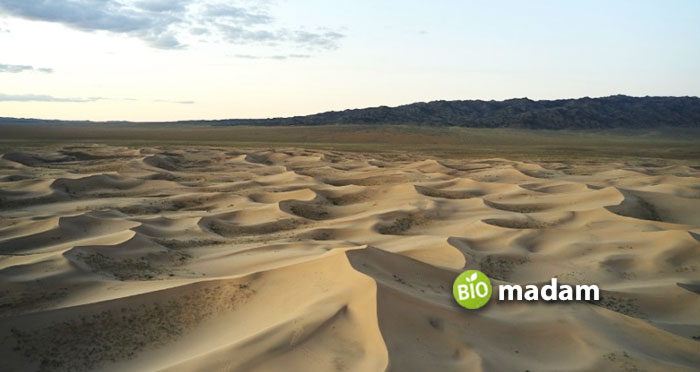
Historical Significance
The Little Sandy Desert is imbued with historical significance, providing a window into the rich tapestry of human interaction with this arid landscape:
- Canning Stock Route: The desert is crisscrossed by the Canning Stock Route, an iconic historic stock route created in the early 20th century. This route stands as a testament to the endurance and ingenuity of early pioneers who traversed this challenging terrain.
- Carnarvon Range (Katjarra): The Carnarvon Range, known as Katjarra to the Martu people, holds ancient rock art that narrates the stories of the land. This sacred site provides insights into the cultural and spiritual significance of the desert to Indigenous communities.
- Karnatukul Archaeological Site: Karnatukul, an archaeological site, unveils layers of history, with evidence of human occupation dating back around 47,830 years. This site contributes to our understanding of deep time and the resilience of human communities in the face of extreme climate changes.
Things to Do in the Little Sandy Desert
Escape to the wonderland of the Little Sandy Desert. Sweeping dunes, starry skies, and ancient Aboriginal heritage await. Experience thrilling adventures, from historic tracks to camping under the Milky Way. Learn from Aboriginal guides. See hardy wildlife. Feel the rush of hang gliding over shifting dunes. Lose yourself in the magic of this remote Australian gem. Here are some extraordinary things to do in the Little Sandy Desert:
Explore the Canning Stock Route
Traverse the historic Canning Stock Route by 4WD through the heart of the Little Sandy Desert. This arduous 1800 km stock route was built in 1906-1910 and followed by drovers and cattle. Stop at wells used a century ago and imagine the journey of early pioneers. Appreciate the rugged beauty of this remote outback track.
Discover Local Attractions and Dining
In towns like Newman and Wiluna, talk to locals to find hidden gems like old Gold Rush era mining sites, indigenous art galleries showcasing local art, and classic Aussie pubs where you can grab a filling counter meal or cold beer while chatting with locals and fellow travelers about their recommendations for the area’s highlights.
Engage in Member-Recommended Experiences
Connect with knowledgeable locals on platforms like Couchsurfing and TripAdvisor to get insider tips on member-suggested highlights – maybe a popular scenic lookout for watching the sunset over the desert or a hole-in-the-wall cafe with the best homemade meat pies that only well-connected insiders would know about.
Immerse in Cultural Experiences
Join an indigenous-guided tour to gain first-hand insights from the Martu people who have lived in the Little Sandy for millennia. Learn about traditional practices like bush food harvesting, indigenous medicine, and Dreamtime stories that provide an intimate understanding of their deep connection to the land.
Camping Adventures
Camp under the Milky Way at designated wilderness campsites in the Little Sandy Desert. Wake up to crimson sunrises over the endless dunes. Explore on foot to appreciate the serenity and get a true sense of the scale of this remote landscape. Cook over a campfire under the stars.
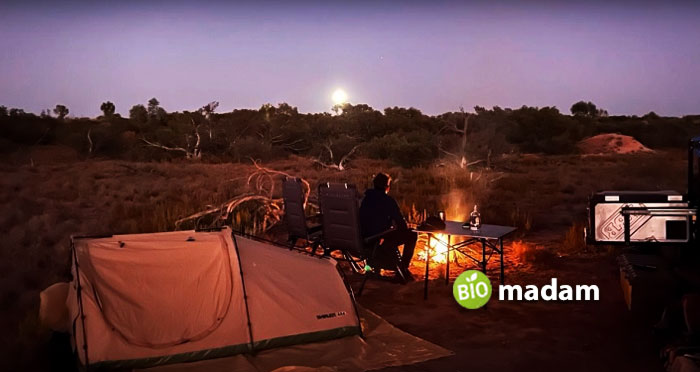
Bird Watching Tours
Go on guided birdwatching trips in the Little Sandy Desert to spot iconic Australian species like the Australian Bustard and Bush Stone-curlew that inhabit the arid shrublands. Marvel at how these birds have adapted to survive in this extremely hot and dry desert climate, with specialized features like long eyelashes to keep sand out of their eyes.
Guided Stargazing Sessions
Experience the unparalleled outback night sky in guided stargazing sessions in the Little Sandy Desert, picking out constellations and galactic wonders in the clarity of the desert darkness unpolluted by light. Listen to indigenous guides share Dreamtime stories behind the stars and their historical connections to the Martu people’s astronomical knowledge.
Hang Gliding Adventures
Feel the thrill of hang-gliding high above the vast sandy landscapes, windswept dunes, and sparkling salt lakes of the Little Sandy Desert, taking in desert vistas not many get to see from this airborne perspective. The thermal updrafts allow for superb soaring over the dunes and make for an unforgettable adventure.
Final Words
The Little Sandy Desert remains one of Australia’s great deserts, a remote and rugged landscape seemingly frozen in time. For adventurers seeking to immerse themselves in the raw beauty of the outback, its sweeping vistas, Indigenous heritage, and wealth of natural wonders beckon. While its harsh climate and isolation limit access, those who make the journey will be rewarded with memories and experiences found nowhere else on Earth.
As pressures from climate change and human activity continue to mount, the window to experience the magic of the Little Sandy Desert in its pristine state may be narrowing. Don’t miss your chance to explore this distinctive wilderness – where spinifex and saltbush have persevered, songs and stories echo, and the desert’s spirit endures.

As a freelance journalist, copywriter, and editor, Rachel Truman crafts compelling stories across travel, food, family, lifestyle, and B2B. With a keen eye for detail, Rachel specializes in creating engaging branded content, making every word an adventure

